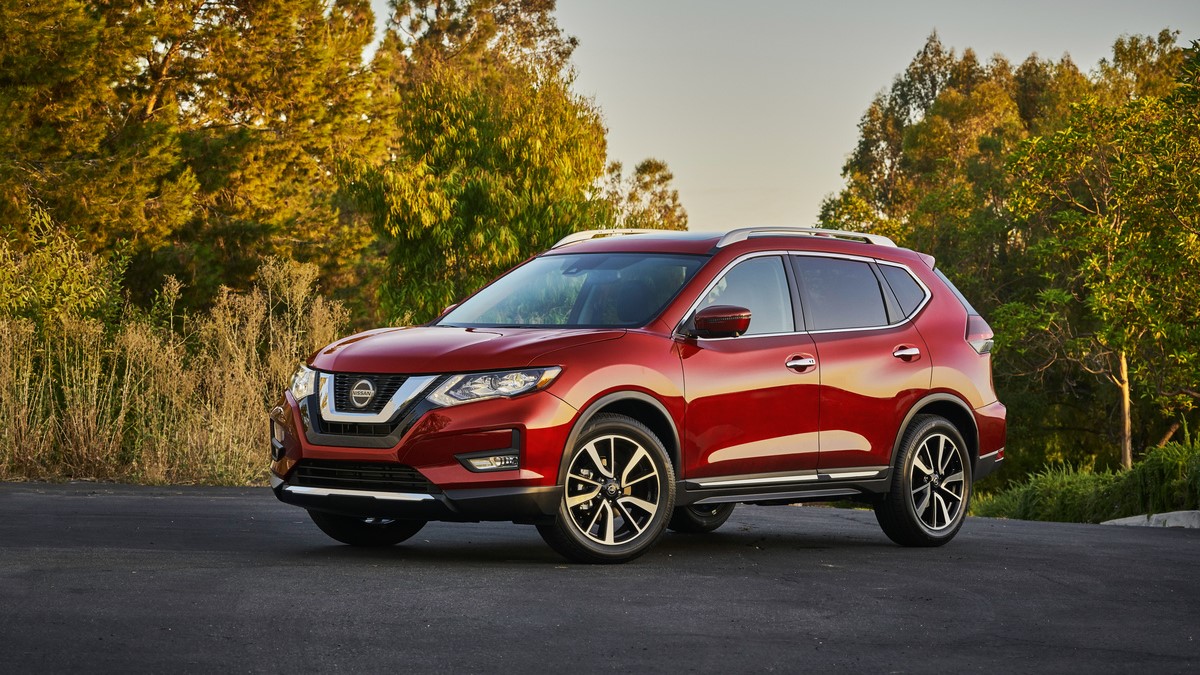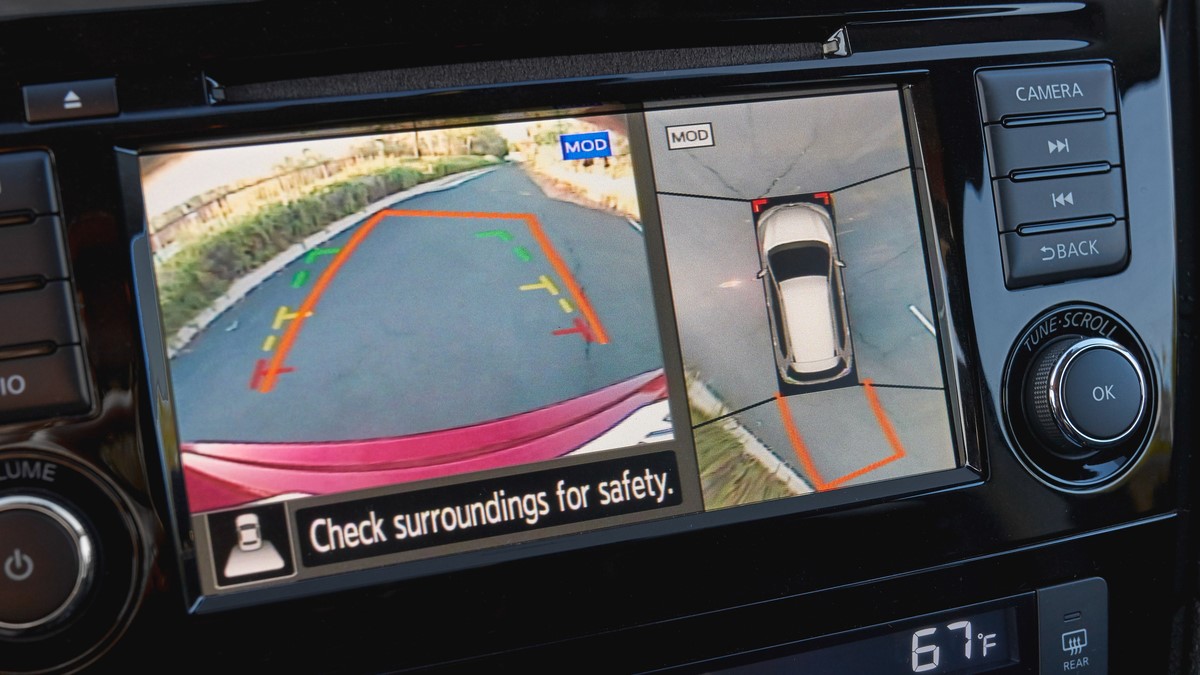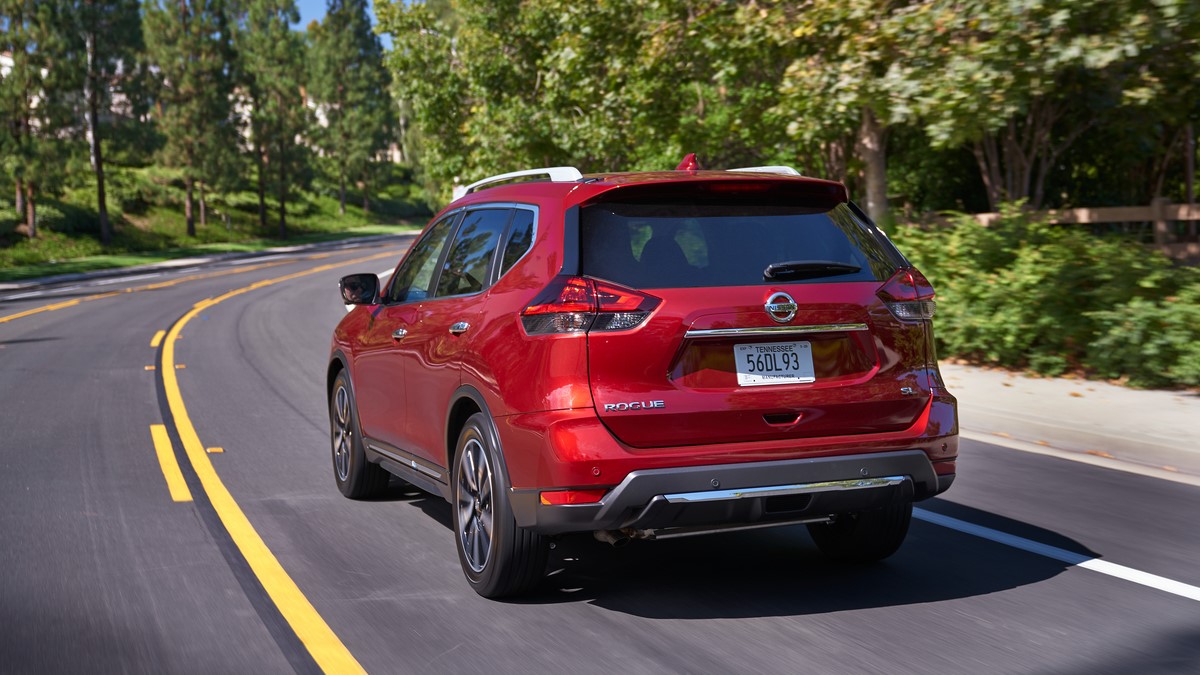The 4x4 dashboard display on the 2020 Nissan Rogue shows how automation works
Seeing is believing

Being able to see what a car is doing in real time is a goldmine in the age of automation. It’s one thing to know there's intelligent behavior and AI helping us drive, but it’s even more valuable to see how the technology is working and what it’s actually doing.
One example of this is the 4x4 display that appears in the 2020 Nissan Rogue (a sporty crossover). It’s not fancy in terms of innovative technology, but it reveals the magic behind the curtain. As you drive, the vehicle monitors each tire in real-time and can apply more power as needed as the vehicle senses any problems, such as careening on a slick road.
The science of slippage
I tested the AWD tech in the Rogue on a snowy day and drove through a few snowbanks to see how the computer-controlled tire slippage monitors actually work. It’s interesting to see what is actually happening in terms of deploying more power to the front and rear tires as you drive. I haven't seen that in other cars.
It turns out most of the power is always in the front, but during those tests, I watched as the Rogue applied more power to the rear and tried to evenly distribute the power when I would get stuck slightly in the snow.

A word to the wise if you ever try this: I wasn’t testing a huge snowbank or deep snow. AWD vehicles are meant to handle the precarious conditions of normal winter driving, but they are not actual 4x4 vehicles that can power through a huge snow pile with ease. I prefer the AWD tech myself – I mainly want to arrive at my destination and not get stuck or slip on the road.
In one case, I noticed the car started to fishtail slightly, and the rear wheels kicked in a bit more than expected. It was cool to watch this all in real-time because I’ve tested many other AWD cars, including those that use computer-controlled slip detection, and felt the effect as I was driving, but I’ve never seen an interface that showed me what was happening.
Spectator sport
This is the future of driving because we all want to know more about what an AI is doing and how an autonomous car is making adjustments.
Sign up for breaking news, reviews, opinion, top tech deals, and more.
These days it may seem like magic, but of course, it is really just algorithms and programming code doing the thinking for us. A developer is always behind the logic when it comes to braking or swerving, but when you experience it in the car, it feels like someone has taken over – someone that seems like a robot.
My sense is that drivers will want to know more and see feedback like the 4x4 display in the Rogue because they won’t be driving as much. They will want to see an interface that shows real-time adjustments, suggestions, and maneuvers as they occur.
The 4x4 mode is a step in the right direction – now we just need even more tools that allow us to monitor what the bots and automations in cars are doing.

On The Road is TechRadar's regular look at the futuristic tech in today's hottest cars. John Brandon, a journalist who's been writing about cars for 12 years, puts a new car and its cutting-edge tech through the paces every week. One goal: To find out which new technologies will lead us to fully self-driving cars.

John Brandon has covered gadgets and cars for the past 12 years having published over 12,000 articles and tested nearly 8,000 products. He's nothing if not prolific. Before starting his writing career, he led an Information Design practice at a large consumer electronics retailer in the US. His hobbies include deep sea exploration, complaining about the weather, and engineering a vast multiverse conspiracy.